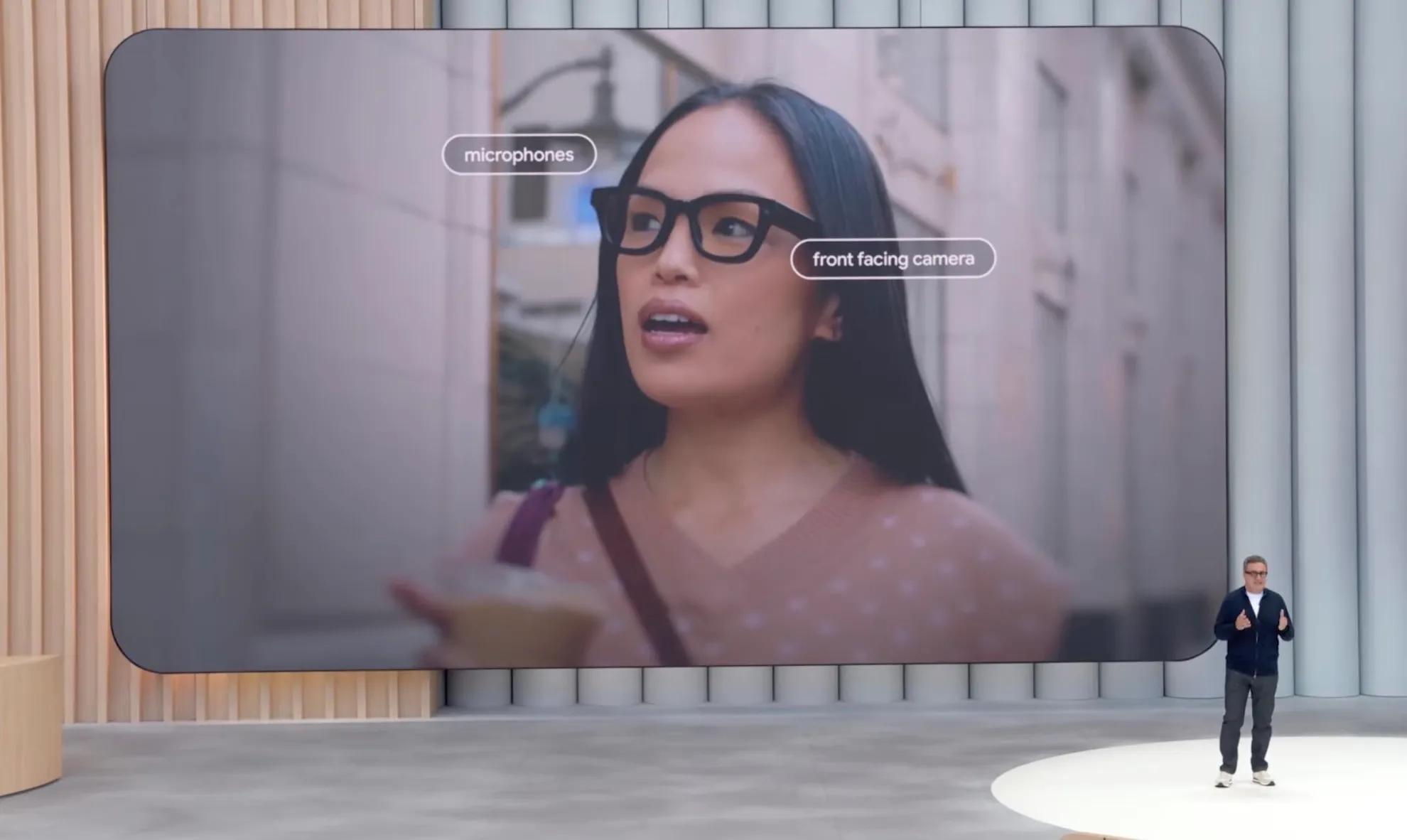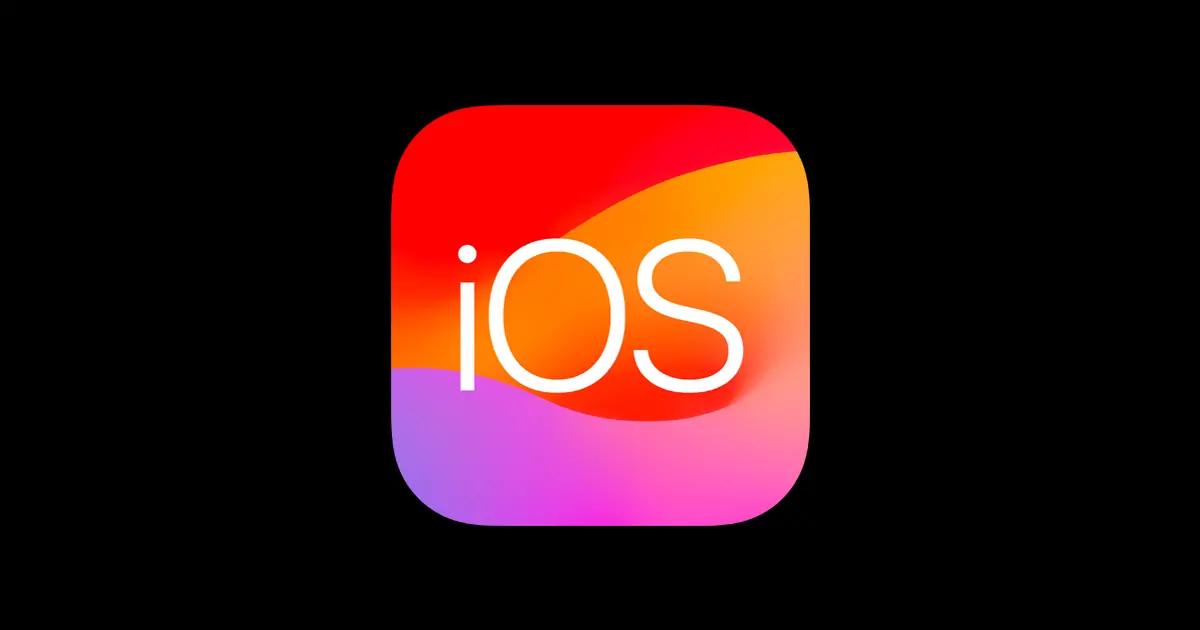1. What happened
- Google announced at I/O 2025 that it will pour $150 M into Warby Parker for AI glasses development.
- The deal includes $75 M in immediate R&D cash and another $75 M in equity if Warby hits agreed milestones.
- Glasses will run Android XR and use the Gemini model for voice, vision, and translation tricks.
2. Why Warby Parker
- Warby brings design cred and 200+ retail stores where people already buy prescription frames.
- Google’s last consumer try, Glass, flopped in part because it looked odd. Partnering with a fashion brand fixes the style problem.
3. What the glasses will do
- Built-in cameras, mics, and speakers let you snap photos, get turn-by-turn prompts, and translate signs in real time.
- Multimodal AI means you can ask, “What building is that?” and the glasses answer out loud.
- Both prescription and non-prescription lenses are planned for all-day wear.
4. How it stacks up against rivals
- Meta’s Ray-Ban line has sold 2 million units and tripled year-over-year sales. Google clearly wants a slice.
- Samsung and Gentle Monster are also building Android XR glasses, so Google is pushing an open ecosystem rather than a single device.
5. Money and market impact
- Warby Parker stock popped 16 % on the news; Alphabet dipped about 1 %.
- Analysts say Google’s spend is small next to the $10 B AMD–Humain data-center pact also announced this week, but it signals serious wearable intent.
6. What’s next
- Dev kits for Android XR land later in 2025 so apps can be ready for launch.
- First consumer model expected “after 2025,” likely 2026, if milestones are met.
- Success will hinge on battery life, privacy optics, and whether Google and Warby can keep price near current premium frames. (No direct source; industry consensus.)



